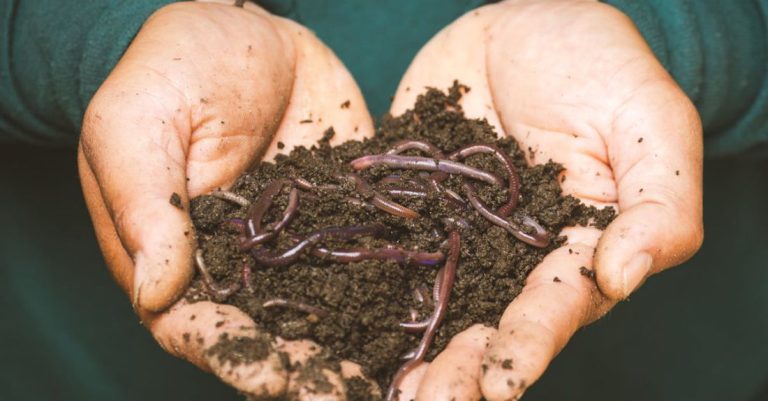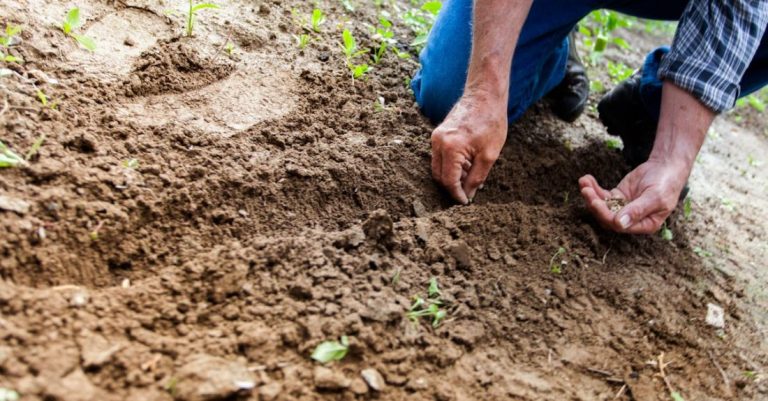
Community organic gardens are a fantastic way to bring people together, promote sustainable living, and grow fresh, healthy produce. Starting a community organic garden may seem like a daunting task, but with the right planning and dedication, it can be a rewarding experience for everyone involved. Whether you are looking to create a green space in your neighborhood, foster a sense of community, or simply enjoy the benefits of homegrown fruits and vegetables, here are some tips on how to get started.
Choosing the Right Location
The first step in starting a community organic garden is choosing the right location. Look for a space that receives plenty of sunlight, has access to water, and is easily accessible to community members. Consider reaching out to local schools, churches, or community centers to see if they have any available land that could be used for a garden. Make sure to get permission from the landowner before starting any work on the site.
Gathering Community Support
Building a community organic garden is a collaborative effort, so it’s essential to gather support from your fellow community members. Hold a meeting to gauge interest and discuss the vision for the garden. Encourage everyone to share their ideas and skills to help bring the project to life. Consider creating a steering committee to oversee the planning and implementation of the garden, with roles assigned based on individual strengths and interests.
Planning the Layout
Once you have secured a location and gathered community support, it’s time to plan the layout of the garden. Consider factors such as the size of the plot, the types of plants you want to grow, and any additional features you may want to include, such as compost bins or rainwater collection systems. Create a detailed garden plan that outlines the layout of the beds, paths, and other elements to ensure that the garden is functional and aesthetically pleasing.
Preparing the Soil
Before planting anything, it’s essential to prepare the soil to ensure that it is healthy and fertile. Conduct a soil test to determine its pH levels and nutrient content, and make any necessary amendments to improve its quality. Consider starting a composting program to create nutrient-rich compost that can be used to enrich the soil. Encourage community members to donate their kitchen scraps and yard waste to help create a sustainable source of organic matter for the garden.
Planting and Maintenance
Once the soil is prepared, it’s time to start planting! Choose a mix of fruits, vegetables, herbs, and flowers that are well-suited to your climate and growing conditions. Consider companion planting to maximize space and deter pests naturally. Encourage community members to take ownership of specific plots or tasks, such as weeding, watering, or harvesting, to ensure that the garden thrives throughout the growing season. Implement a watering schedule to ensure that plants receive an adequate amount of water, especially during hot, dry periods.
Harvesting and Sharing
As the plants begin to mature, it’s time to enjoy the fruits of your labor! Organize regular harvest events where community members can come together to pick fresh produce and share gardening tips and recipes. Consider hosting workshops on topics such as seed saving, composting, or natural pest control to help educate and empower gardeners of all skill levels. Donate any surplus produce to local food banks or shelters to help support those in need and build connections with the wider community.
Creating a Sustainable Future
To ensure the long-term success of your community organic garden, it’s essential to create a sustainable plan for its maintenance and growth. Establish a system for ongoing maintenance tasks, such as weeding, watering, and composting, to ensure that the garden remains healthy and productive. Consider setting up a rainwater collection system or installing solar panels to reduce the garden’s environmental impact and promote sustainability. Host regular community events and workshops to keep members engaged and excited about the garden’s future.
In conclusion, starting a community organic garden is a fulfilling and enriching experience that can bring people together, promote sustainability, and provide access to fresh, healthy produce. By choosing the right location, gathering community support, planning the layout, preparing the soil, planting and maintaining the garden, harvesting and sharing the produce, and creating a sustainable future, you can create a thriving green space that benefits both individuals and the community as a whole. So roll up your sleeves, grab your gardening tools, and get ready to start your community organic garden today!





